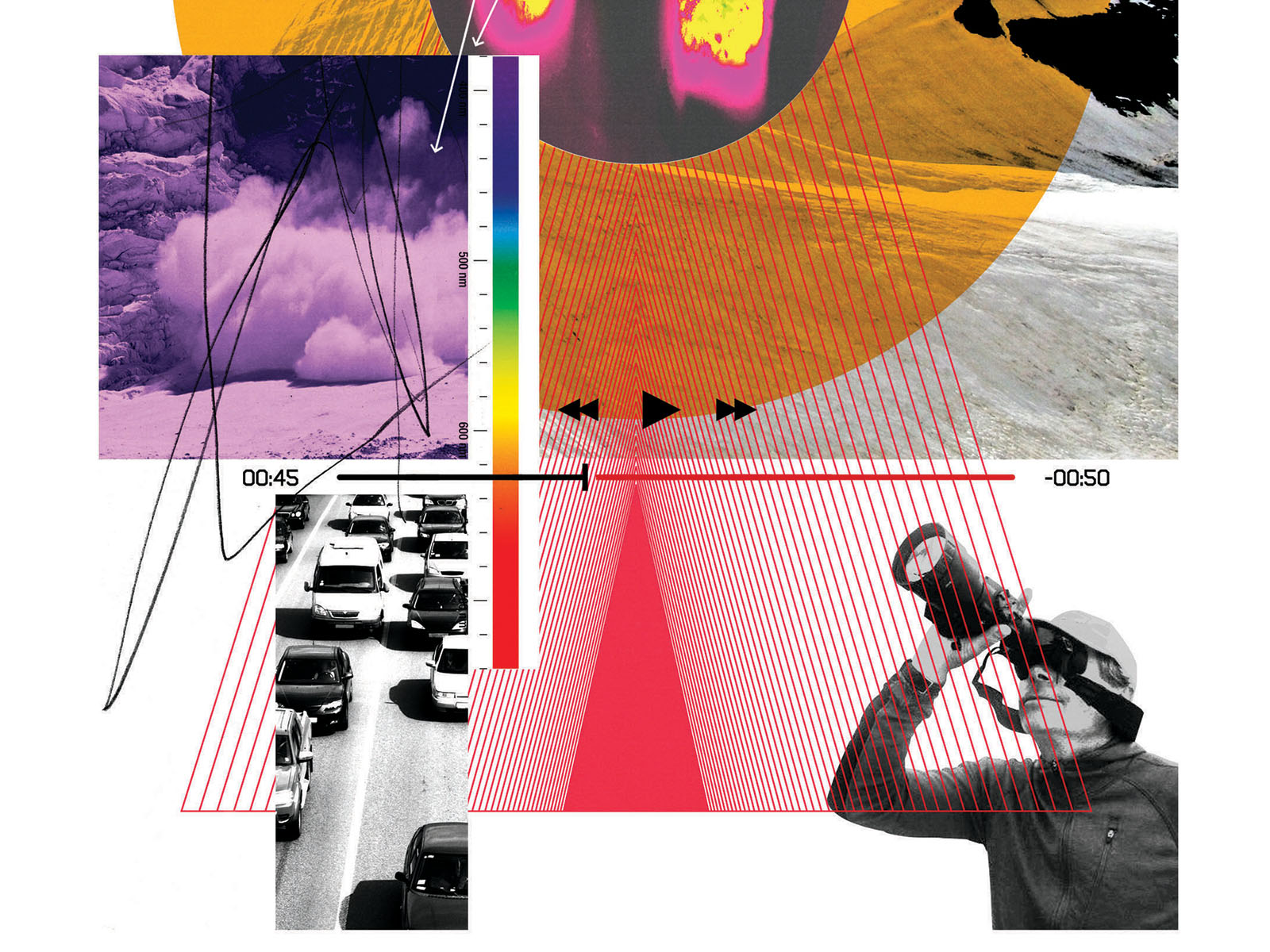The Local newsletter is your free, daily guide to life in Colorado. For locals, by locals.
If there’s one thing Coloradans loathe, it’s being stuck in their cars, staring at taillights, instead of on the slopes—even if the delay could save their lives. But the Colorado Department of Transportation (CDOT) must close roads if the mountains towering above them show signs of avalanches (forecasters look for factors like high winds and recent, heavy snowfalls). During the 2017-’18 winter season, for example, CDOT shuttered Loveland Pass and Berthoud Pass a combined 19 times, and mitigation efforts—which include setting off charges and, often, plowing powder off thoroughfares—can take from 20 minutes to two hours. In the past, CDOT could only perform this work during the day, when ski traffic is often at its busiest; workers needed the sunlight to ensure that no one, like an unaware hunter, had wandered into the area. Considering the frustrations caused by the closings, though, the state decided its safety procedures needed an overhaul. So, beginning this season, scientists are employing thermal imaging “bi-oculars” in order to trigger more avalanches at night. The bi-oculars use infrared technology, enabling scientists to peer through the 12-inch-long lens and spot bystanders (small red blobs) who appear on the heat map. That means officials can prompt the snowslides before dawn—and before most drivers are on the road. In other words, it’s possible these devices will prevent two cold-weather disasters: avalanche fatalities and missing first chair.








